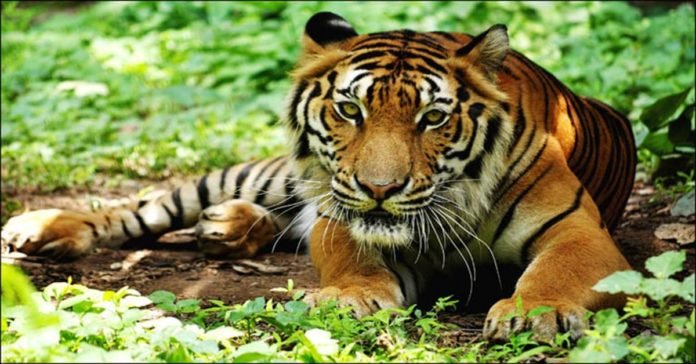Relentless global pursuit of economic growth is driving the collapse of life on Earth, landmark UN study says.
One in eight of all Earth’s plants, insects and animals are at risk of extinction, many within decades, because of human activity, a huge coalition of the world’s leading scientists announced.
An “unprecedented” one million species will die out because of the relentless pursuit of economic growth, coupled with climate change, said a report published on Monday by the UN’s Intergovernmental Science-Policy Platform on Biodiversity and Ecosystem Services (IPBES).

“This loss is a direct result of human activity and constitutes a direct threat to human well-being in all regions of the world,” said Professor Josef Settele, who co-chaired the study put together by 145 scientists from 50 countries examining about 15,000 scientific and government sources.
The IPBES Global Assessment report is a landmark study that adds to a growing scientific consensus on the need for fundamental, radical societal action to save the planet and all life upon it.
Only a complete overhaul of global economic and financial systems could pull ecosystems vital to the future of human communities back from the brink of collapse, concluded the report, which was endorsed by 130 countries, including the United States, Russia and
:: More than 40% of amphibians, 33% of corals, a third of all marine mammals and a “tentative estimate” of 10% of insects are threatened with extinction.
:: At least 680 species of vertebrates, including animals, birds, reptiles, fish and amphibians, have become extinct since the 1500s.
:: The biggest cause of losses to wildlife is change to habitats.
:: Three-quarters of land has been “significantly altered” as cities grow, industry and infrastructure increases, forests are cut down and grassland ploughed for crops or livestock.
:: Plastic pollution in seas has gone up 10-fold since 1980, putting turtles, seabirds and mammals at risk.
:: 85% of wetlands have been lost since 1700.
:: Fertiliser run-off has created 400 “dead zones” in the oceans, totalling an area greater than the size of the UK.
:: Areas managed by indigenous people are under increasing pressure but nature in them is generally declining less rapidly than elsewhere.
:: About a quarter of greenhouse gas emissions are caused by clearing land, growing crops and using fertilisers, mostly to produce meat and dairy.
British scientist and chairman of the IPBES Sir Robert Watson said: “We are eroding the very foundations of our economies, livelihoods, food security, health and quality of life worldwide.”
He added: “The report also tells us that it is not too late to make a difference, but only if we start now at every level from local to global.”
Global threat to humans
It’s not just future generations who are vulnerable; people living today are at risk unless the loss of ecosystems and creatures upon which the human race depends for food, clean water and a stable climate is reversed. The rate of species annihilation is currently tens to hundreds of times higher than the average over the past 10 million years
It is “a truly global and generational threat to human well-being”, said IPBES Executive Secretary Anne Larigauderie.
The 1,800-page report digs into the causes of Earth’s ecological collapse and lays much of the blame on the conversion of wild forests and wetlands into farmland needed to feed a rapidly urbanising, concrete-dependent global society.
Urban areas have more than doubled since 1992, point out the study’s authors, with more than one-third of the world’s land surface and nearly 75 percent of freshwater resources now devoted to crop or livestock production.
The report is not the first to paint a grim portrait of Earth’s ecosystems. But it goes further by detailing how closely human well-being is intertwined with the fate of other species.
“For a long time, people just thought of biodiversity as saving nature for its own sake,” said Robert Watson, chair of the Intergovernmental Science-Policy Platform on Biodiversity and Ecosystem Services,which conducted the assessment at the request of national governments. “But this report makes clear the links between biodiversity and nature and things like food security and clean water in both rich and poor countries.”
This is a "Pay as You Feel" website Please help keep us Ad Free.
You can have access to all of our online work for free. However if you want to support what we do, you could make a small donation to help us keep writing. The choice is entirely yours.


























You must be logged in to post a comment.